
Getty Images
A statue in the yard can give people pause. Does it mean you’re a pretentious snob?
Take heart, dear homeowner, and understand that putting a sculpture on your lawn doesn’t need to be a grandiose statement.
“In the end, the biggest consideration is whether you love the piece and it enhances your garden,” says Susan Brandt, the green thumb at Blooming Secrets. Still, just because the art speaks to you doesn’t mean you can plop it down in any old spot.
“Just like art in the home, art in a garden will be a focal point, so several factors come into play, such as size, materials, location, and more,” Brandt adds.
For some help in this endeavor, we’ve got the do’s and don’ts from the professionals so your statues and sculptures stand out, in the right way, without alienating your neighbors.
Do choose the right location
Photo by Miriam’s River House Designs, LLC
Remember, sculpture is three-dimensional, so you won’t view it only head-on. To that end, be sure the location you’ve selected makes sense from every part of the yard.
“When choosing a good spot, look for an area that can be seen from multiple angles, or consider a particular entry point to your garden,” says Julie Moir Messervy, president of Home Outside, an online landscape design service.
Or place your piece at the end of a path, to emphasize a view or to draw people in, she adds.
Don’t scare the neighbors

Etsy
While these wild dessert plants are jaunty and fun, they might not fly if you’re a member of a homeowners association or they directly face the next-door back patio. Ditto for anything offensive. Art is in the eye of the beholder, of course, but know that your fellow neighbors have to live on the same street.
Don’t forget to prune
Houzz
If you go to the trouble of adding a cherub made of stone, the least you can do is be sure he’s visible.
“Plants shouldn’t overwhelm the sculpture or prevent people from seeing it in the garden,” says Brandt.
Clip back the vines and other foliage if they become profuse, consider which seasons you’ll see blooms, and figure out whether year-round leaves will block any part of your chosen piece.
Do add lighting
Photo by ARNOLD Masonry and Landscape
Light it up, say the pros, as this accessory adds dimension and creates cool shadows.
“You especially want good lighting if your sculpture is at the heart of your garden,” says Isara Ongwiseth, lead garden designer at FormLA Landscaping.
“But be sure to test the lights before completing the final installation so you don’t end up inadvertently blinding people or highlighting the wrong view,” says Messervy.
Don’t mix styles
Photo by Jon Allen Fine Metal Art
An Asian-inspired garden or one with a modern vibe should feature art that complements the theme, say the experts. And a traditional home will likely benefit from a more formal piece. Assess your garden’s style before dropping cash on a statue you’ll regret.
“If you have lots of straight lines in your beds or a very lush feel or a design that’s minimalist, your sculpture will look its best if it agrees with the garden’s style,” says Brandt.
Don’t choose plastic

Etsy
Most outdoor sculpture is designed to withstand the elements, and many even achieve a lovely patina over time (think distressed wood or rusted metal). But plastic isn’t one of those materials.
“Plastic tends to fade when it’s exposed to weather,” confirms Ongwiseth.
And keep local temperatures in mind when selecting a piece.
“Some materials, such as pottery and concrete, are vulnerable to cracking in colder climates,” says Messervy.
Don’t pick something itty-bitty
If you have to squint to see your sculpture, it’s too small.
“Size and dimensions feel different when you’re outdoors, so don’t be afraid to go big,” says Messervy. In fact, it’s hard to overdo a piece’s size, but it’s really easy to pick a too-small object and then lose it in the ferns.
Do enhance with flowers
Photo by Matthew Cunningham Landscape Design LLC
The final factor to consider is the planting you’ll do once your sculpture is in place. Think about colors and how they might match (or detract from) your piece, says Brandt. And if what you sowed isn’t quite right, it’s easy to dig it up and start again next season—it’s much harder to remove a stone statue.
The post The Right—and Wrong—Way To Add Statues to Your Yard appeared first on Real Estate News & Insights | realtor.com®.
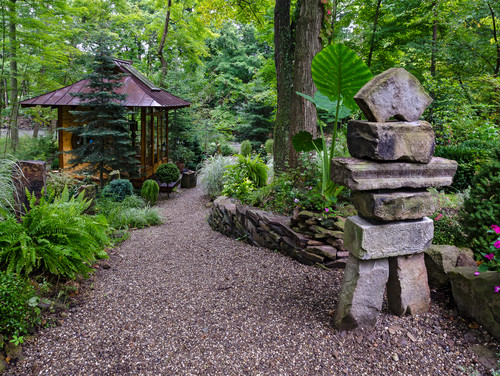
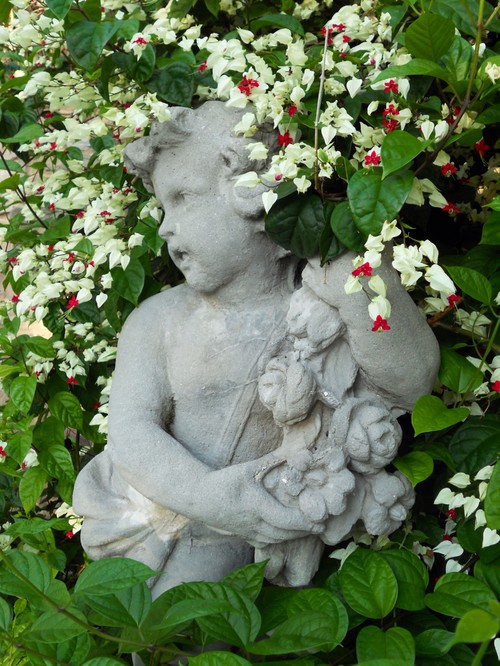
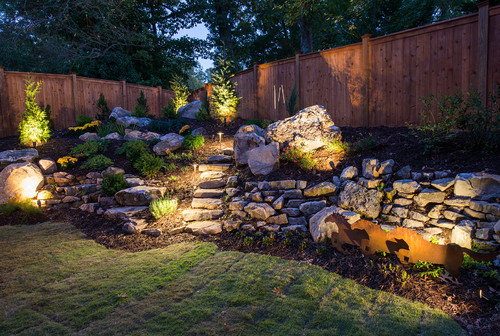
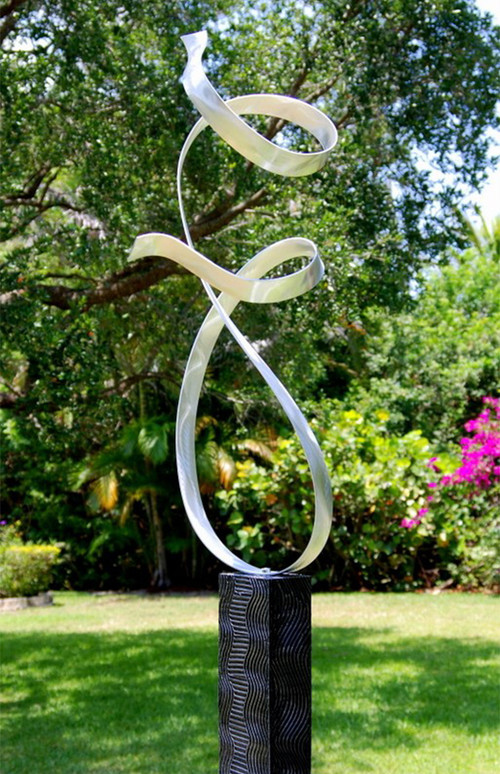
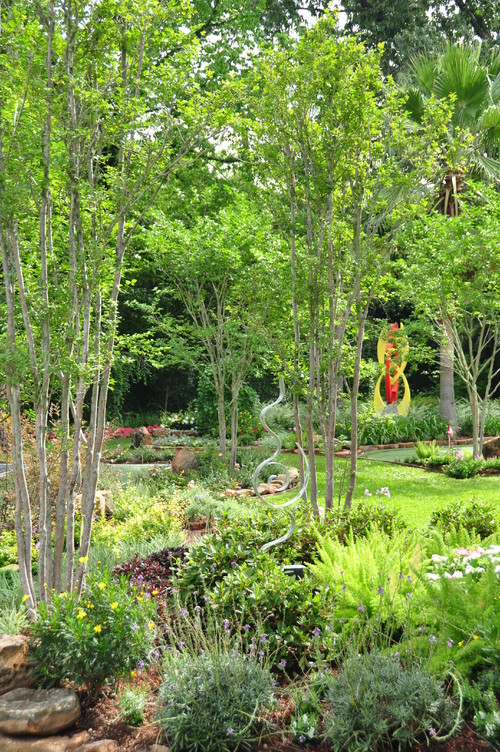
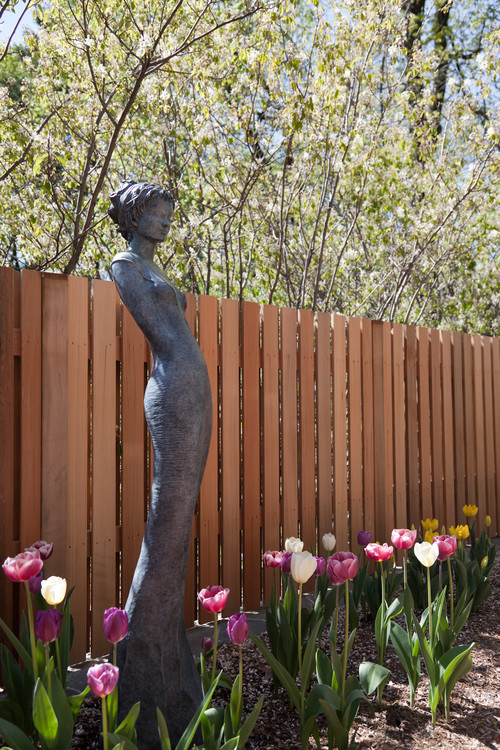
No comments:
Post a Comment